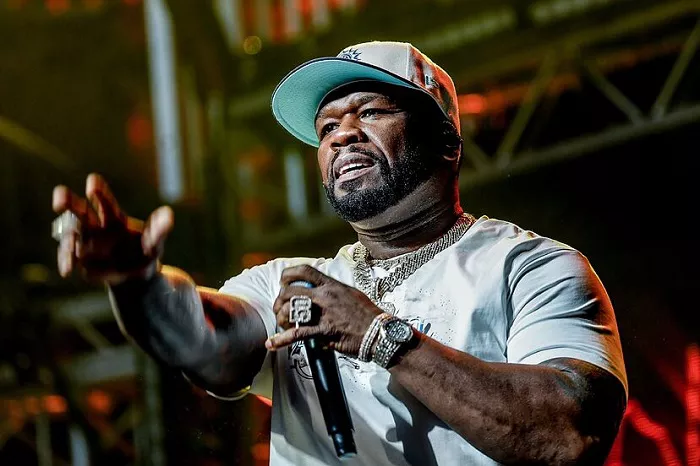Trap music has risen to prominence as a major force in modern hip-hop, characterized by its distinctive beats and raw lyrical content. Crafting compelling trap song lyrics involves more than just putting words to a rhythm; it requires an understanding of the genre’s unique elements and an ability to express emotions and stories authentically. The essence of trap lyrics often lies in their ability to capture the struggles, triumphs, and aspirations of life, particularly within urban environments. In this guide, we will delve into the process of creating trap song lyrics, focusing on crafting memorable hooks, verses, and using language that resonates with listeners.
I. Understanding Trap Music
Origins and Evolution
Trap music originated in the early 2000s in the Southern United States, particularly Atlanta. It evolved from Southern hip-hop and gained popularity due to its distinctive sound and relatable themes. The term “trap” refers to places where drugs are sold, which is a common subject in early trap songs.
Key Characteristics
Beats and Production: Trap music features fast hi-hats, heavy 808 bass, snare drums, and synths. Producers like Lex Luger and Zaytoven popularized these elements.
Tempo: The tempo typically ranges between 60 to 80 beats per minute (BPM) in half-time, or 120 to 160 BPM in double-time.
Themes: Common themes include street life, wealth, struggle, triumph, and resilience.
II. Crafting the Hook
The hook is the most memorable part of a song, often repeated and designed to catch the listener’s attention. It can be a chorus or a catchy phrase that encapsulates the song’s theme.
Creating a Catchy Hook
Simplicity: Keep it simple and repetitive. A good hook is easy to remember.
Emotion: Convey strong emotions. Whether it’s confidence, pain, or joy, make it relatable.
Rhyme and Rhythm: Use rhymes and a rhythmic flow that aligns with the beat.
Example Hook:
“In the trap, we hustle, never back down,
Stackin’ racks, we muscle, own the whole town.”
III. Writing Verses: Structure and Flow
Verses are where you tell your story or elaborate on the themes introduced in the hook. Each verse typically contains 16 bars.
Introduction: Start with a strong opening line to grab attention.
Development: Build on the theme, adding details and depth.
Conclusion: End with a line that smoothly transitions to the hook.
Maintaining Rhythm
Consistency: Keep a consistent flow that matches the beat.
Variability: Introduce slight variations in rhythm to keep it interesting.
Example Verse:
“Came from the bottom, now we on top,
Dreams of the money, can’t let it stop,
Hustle all night, grind won’t quit,
In the trap, we lit, makin’ it legit.”
IV. Using Metaphors and Similes: Enhancing Imagery
Metaphors and similes add depth and vividness to your lyrics. They help listeners visualize and feel your words.
Metaphors: Describe something as if it were something else. (“Life’s a jungle, I’m the lion king.”)
Similes: Compare using “like” or “as.” (“Riches stacked like a mountain high.”)
Examples:
“Money long like a stretch of road,
Heart cold, diamonds froze.”
V. Incorporating Slang and Authenticity: Language of Trap
Trap music is known for its unique slang and language. Using regional slang can add authenticity and connect with your audience.
Common Slang: Words like “trap,” “racks” (money), “whip” (car), “flex” (show off).
Authenticity: Write about experiences and themes you understand. Authenticity resonates with listeners.
Example:
“Pull up in the whip, racks in the back,
Flexin’ on these haters, never look back.”
VI. Using Ad-libs and Vocal Effects: Adding Personality
Ad-libs are spontaneous vocal sounds or phrases added to fill gaps and add personality. They can enhance the energy and vibe of your song.
Common Ad-libs: “Yeah!”, “Aye!”, “Woo!”, “Skrrt!”
Placement: Use ad-libs at the end of lines or in the background to emphasize key moments.
Example:
“Hustle all night, grind won’t quit, (Aye!)
In the trap, we lit, makin’ it legit. (Yeah!)”
VII. Crafting the Bridge
The bridge is a contrasting section that provides a break from the repetitive nature of the verses and hook. It can introduce a new perspective or change in mood.
Creating a Memorable Bridge
Contrast: Change the melody, rhythm, or lyrics to stand out.
Transition: Smoothly transition back to the final hook or verse.
Example Bridge:
“Lost some friends, but we still here,
Facin’ fears, wipe the tears,
From the struggle, we emerged,
Now we surge, feel the urge.”
VIII. Polishing Your Lyrics: Revising and Editing
Read Aloud: Read your lyrics aloud to ensure they flow naturally.
Feedback: Get feedback from others, especially those familiar with trap music.
Refine: Make necessary adjustments to improve clarity and impact.
Final Touches
Consistency: Ensure your theme and tone are consistent throughout.
Emotion: Make sure your lyrics evoke the desired emotions.
See Also: Unveiling Common Instruments in Hip Hop and Rap Music
IX. Conclusion
Writing trap song lyrics is both an art and a craft that demands creativity, authenticity, and an understanding of the genre’s distinct features. By focusing on developing a catchy hook, constructing impactful verses, and incorporating genuine language and emotions, you can create lyrics that captivate and engage your audience. The process involves revisiting and refining your work to ensure it aligns with the beat and theme of the song. With practice and dedication, your trap lyrics can resonate deeply with listeners, capturing the spirit and energy of the genre while making a lasting impact.

